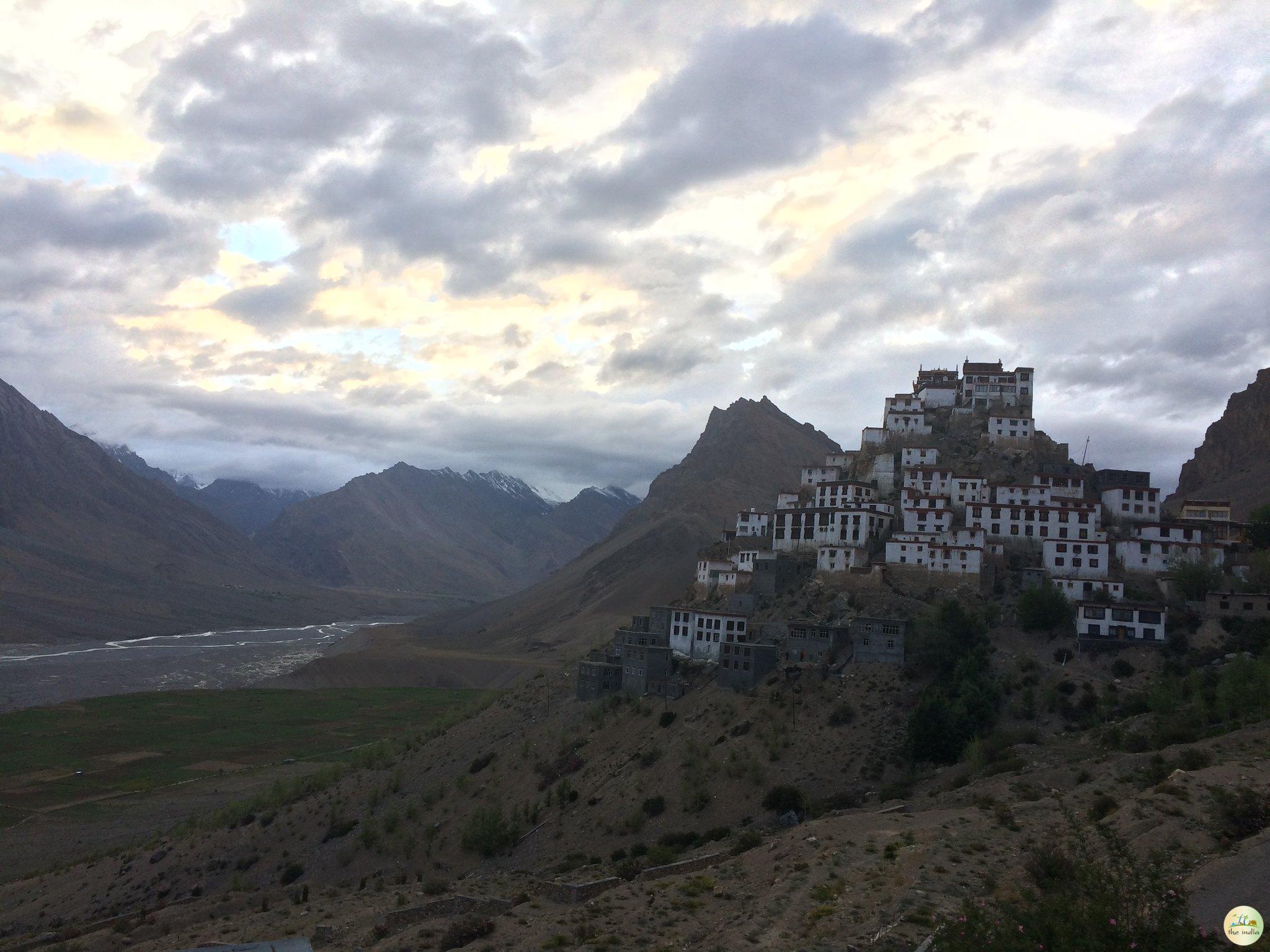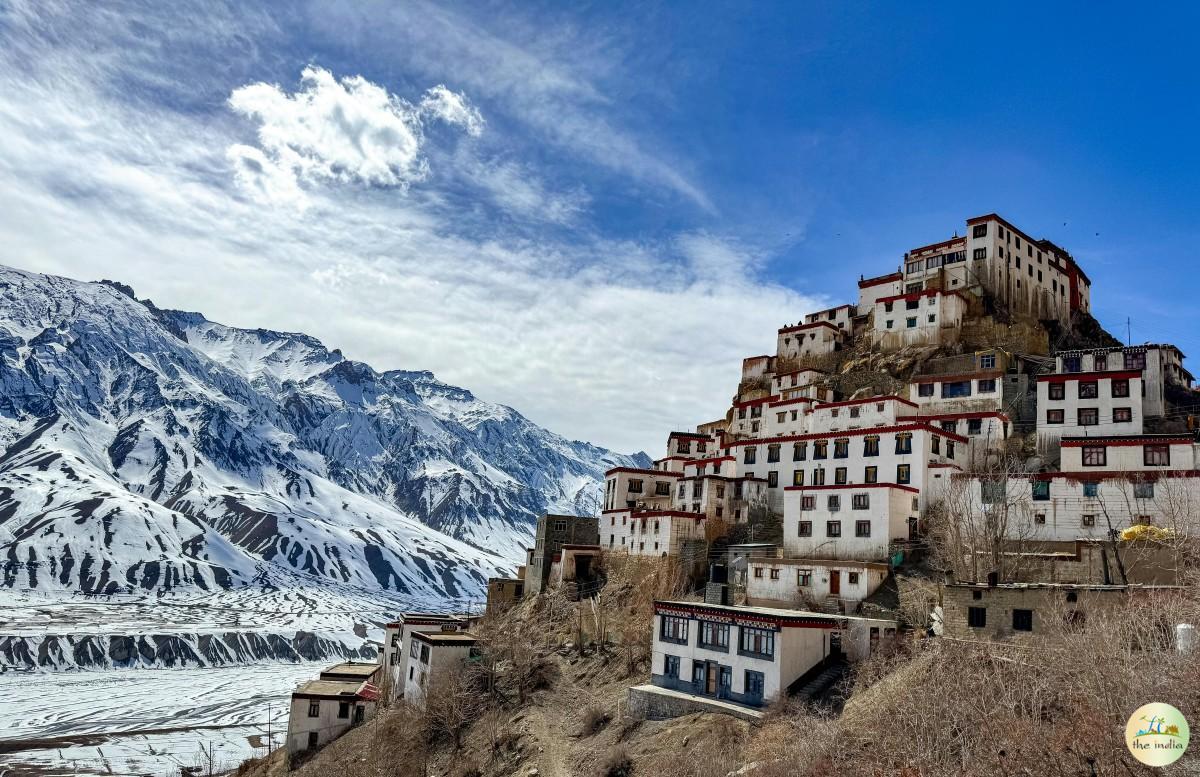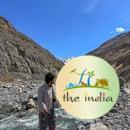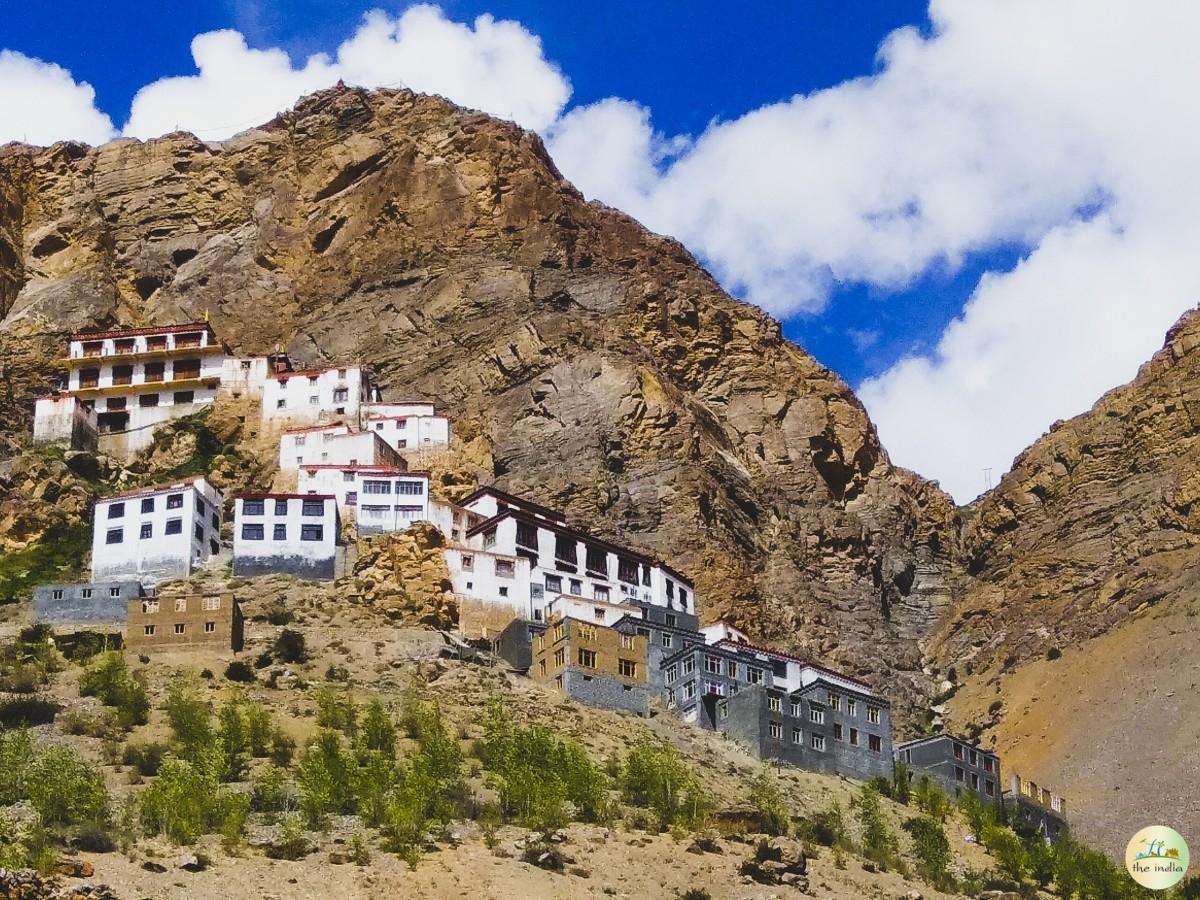Key Monastery is not just a place to see—it is a place you feel in your heart. Located high in the heart of the Spiti Valley, it offers more than just amazing views and ancient architecture and connection. If you're a spiritual seeker, an adventure rider, a photographer chasing light, or simply a traveller attracted to the extraordinary, Key Monastery will welcome you. Here, time feels slower, and every moment becomes more meaningful.

Explore Key Monastery through captivating images that showcase their rich culture, history, and charm.





The nearest airport is Bhuntar Airport. From the airport, you can hire a taxi or take a bus to reach Kaza, and then travel another 12 km to Key Monastery.
The closest railway station is Joginder Nagar. From the station, you can continue your journey by taxi or state transport bus to reach Kaza, and then visit the monastery.
Regular buses and shared taxis are available to Kaza from Manali and Shimla. Once in Kaza, you can take a local bus or taxi to reach Key Monastery.
Key Monastery, also called Kye Gompa, is one of the most famous Buddhist monasteries in Himachal Pradesh. It is located in the beautiful Spiti Valley, around 14 km from Kaza, at a height of about 4,166 meters. The monastery looks like it is built step by step on a hill, almost like a fort, which makes it very special to see.
If you visit there during the end of July, you will be celebrated with the Cham festival. During the festival, the monks wear a special type of mask and engage in different activities like dancing and singing using traditional Tibetan musical instruments. You can also enjoy delicious local food for free as the kitchens are open for everyone at that time!
Key Gompa is a Tibetan Buddhist monastery built on a scenic hilltop at a height of 4,166 meters above sea level, close to the Spiti River in the Spiti Valley of Himachal Pradesh, India. It is the oldest and biggest monastery in the Lahaul and Spiti district. The monastery also works as a religious school where young lamas are trained. Nearly 300 lamas live here and get their spiritual education.
Key Monastery is also known for its unique architectural style. The monastery is built in the traditional Tibetan style and features highly carved wooden beams, mud-brick walls, and beautifully painted artwork. The architecture of the monastery is an interesting blend of Indian and Tibetan styles.
It is believed that Key Gompa was first founded by Dromtön, who was a student of the great Buddhist teacher Atisha, in the 11th century. However, some historians say this might have been a different Kadampa Monastery at Rangrik village, which was destroyed in the 14th century when the Sakya sect gained power with the support of the Mongols. Still, people believe Key Monastery is more than 1,000 years old. In fact, in the year 2000, a millennium celebration was held here in the presence of the Dalai Lama.
Over time, the monastery faced many attacks. In the 17th century, it was raided by the Mongols during the rule of the Fifth Dalai Lama. Later, in the 19th century, armies fighting in this region looted it again. In the 1840s, a huge fire caused serious damage, and in 1975, a strong earthquake also destroyed parts of the building.
Because of these repeated attacks and natural disasters, the monastery went through many repairs and reconstructions. This is why today it looks like an irregular box-shaped structure, giving the feel of a fort rather than a simple monastery. Even now, it is a famous center for lama training, where monks can be seen singing, dancing, and playing traditional pipes and horns.
The walls of the monastery are decorated with murals, embroidered or painted Tibetan banners, rare manuscripts, stucco figures, and wind instruments. There is also a collection of old weapons, which were likely used in defending the monastery during invasions. Even today, the wind instruments are used during the summer festival of Chham, when monks perform ritual dances.
Key Monastery is a must-see place for anyone interested in Buddhism, Tibetan culture, or the history of the Himalayas. The old monastery, set in the remote Spiti Valley, offers a look into the rich spiritual and cultural heritage of the region. Its private location and harsh conditions have helped maintain the monastery, making it an unforgettable vacation spot for scholars, students, and tourists alike.